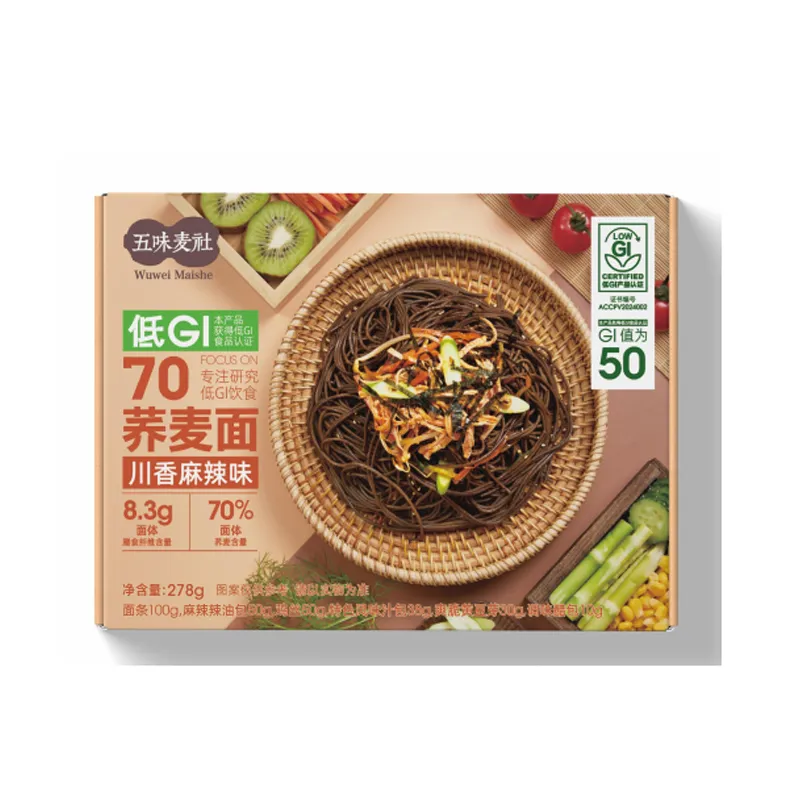A Guide to Savoring Delicious Soba Noodles and Their Cultural Significance
The Delights of Soba A Journey Through Tradition and Flavor
Soba, a traditional Japanese noodle, has captured the hearts and palates of food lovers around the world. Made primarily from buckwheat flour, soba noodles are not only delicious but also nutritious, offering a unique flavor and texture that set them apart from wheat-based noodles. This article explores the rich history, health benefits, and various culinary uses of soba, illustrating why it deserves a prominent place on our dining tables.
The origins of soba can be traced back to Japan over a thousand years ago, with buckwheat being cultivated in the mountainous regions of the country. Initially, it was viewed as a simple food for the common folk, but over time, it evolved into a beloved staple across all social classes. The name soba itself means buckwheat in Japanese, and the noodles are celebrated for their versatility. Soba can be served hot or cold, making it an ideal dish for any season.
One of the greatest appeals of soba is its health benefits. Buckwheat, the main ingredient, is a powerhouse of nutrition. It is rich in protein, fiber, and essential amino acids, making it a fantastic option for those seeking a healthier diet. Unlike many other grains, buckwheat is gluten-free, appealing to those with gluten sensitivities or celiac disease. Regular consumption of soba can help lower cholesterol levels, regulate blood sugar, and promote digestive health. Additionally, buckwheat is packed with antioxidants, which can help combat oxidative stress in the body.
Culinary enthusiasts appreciate soba for its unique taste and texture
. The noodles possess a nutty flavor, given their buckwheat base, and offer a delightful chewiness that enhances any dish. Soba can be prepared in various ways - served chilled with a dipping sauce for a refreshing summer dish, or hot in a savory broth with vegetables and proteins for a comforting winter meal.soba

One of the most popular dishes featuring soba is zaru soba, where cold soba noodles are served on a bamboo mat alongside a soy-based dipping sauce, known as tsuyu. This dish is often accompanied by garnishes such as sliced green onions, wasabi, and grated daikon radish. Another favorite is soba noodle soup, which includes the noodles in a warm broth filled with ingredients like mushrooms, tofu, and seasonal vegetables, making it both satisfying and nourishing.
Soba's appeal extends beyond its taste and health benefits; it also embodies a cultural significance in Japan. Eating soba on New Year's Eve is a long-standing tradition known as toshikoshi soba. The custom symbolizes longevity and prosperity, as the long noodles represent a long life. This cultural aspect adds depth to the enjoyment of soba, making it more than just a meal, but rather a ritual steeped in meaning.
In recent years, soba has gained international acclaim, being embraced by chefs around the world who incorporate it into a variety of dishes. From soba salads to stir-fries, this versatile noodle can complement flavors from many different cuisines. As people become more health-conscious and seek out alternatives to traditional pasta, soba stands out as a nutritious and delicious option.
In conclusion, soba is more than just a type of noodle; it is a culinary gem with deep roots in Japanese culture. Its health benefits, unique flavor, and versatility make it a delightful addition to any meal. Whether enjoyed in a traditional setting or creatively reimagined in modern cuisine, soba truly embodies the essence of wholesome eating. So, the next time you are seeking something delicious and nourishing, consider the humble soba noodle – a journey into taste, health, and tradition awaits!
-
Unleash Your Inner Chef with Delectable Italian Pasta CreationsNewsAug.01,2025
-
Savor Health and Flavor: Irresistible Soba Noodles for Sale Await!NewsAug.01,2025
-
Nourish Your Body with Premium Organic Ramen - A Culinary Delight AwaitsNewsAug.01,2025
-
Elevate Your Dishes with Our Exquisite Kinds of Egg NoodlesNewsAug.01,2025
-
Dive into Flavorful Convenience with Our Ramen OfferingsNewsAug.01,2025
-
Discover Exquisite Types of Naengmyeon and Chilled Soba NoodlesNewsAug.01,2025
-
Is Whole Wheat Pasta Healthy?NewsMay.30,2025
Browse qua the following product new the we

















































































































